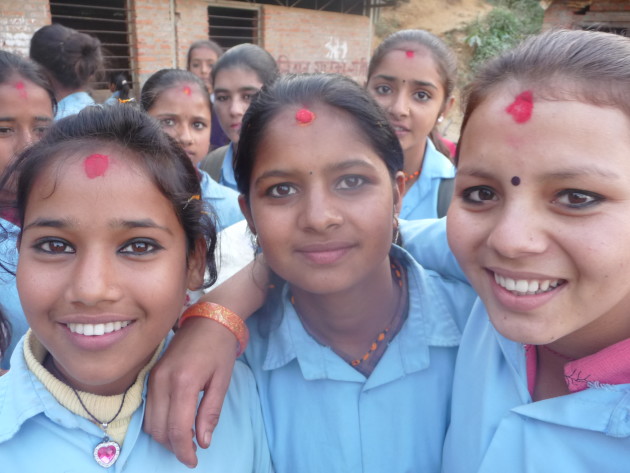UN urges greater investment in the world’s 10-year-old girls
Kathmandu / Oct 21 : The UN population agency is urging greater investment in the world’s 60 million 10-year-old girls, saying what happens at that age can determine their futures.
 The State of World Population 2016 launched Thursday said more than half of these girls live in the 48 countries considered to have the worst gender equality, and they are less likely than boys to finish school and more likely to be forced to work and to be child brides.
The State of World Population 2016 launched Thursday said more than half of these girls live in the 48 countries considered to have the worst gender equality, and they are less likely than boys to finish school and more likely to be forced to work and to be child brides.
The UN Population Fund said if all 10-year-old girls in developing countries who never attend school or drop out early were to complete secondary education, their earnings would trigger a $21 billion annual dividend.
According to the report, 10 is a pivotal age for girls as puberty approaches because of choices that start being made about education, work, marriage and child bearing.
While some girls enjoy limitless opportunities, it said, others are seen “as a commodity that may be bought, sold or traded,” pulled out of school, forced to marry, and “begin a lifetime of servitude.”
“Impeding a girl’s safe, healthy path through adolescence to a productive and autonomous adulthood is a violation of her rights,” the Population Fund’s Executive Director Babatunde Osotimehin said. “How we invest in and support 10-year-old girls today will determine what our world will look like in 2030.”
The report said almost 90 percent of 10-year-olds live in less developed regions of the world, with half in Asia and the Pacific, including 20 percent in India and about 13 percent in China. Of the top 10 countries with the largest number of 10-year-olds, the only one that isn’t classified as “less developed” is the United States, it said.
In the area of education, for example, the report said less than half the boys and only about a third of girls of primary school age in South Sudan were attending school in 2015, and the report said there are similarly low levels in countries like Congo and Liberia.
In Nigeria, one of Africa’s most populous countries with one of the world’s largest youth populations, the report said only 60 percent of girls and 71 percent of boys are enrolled in primary school. AP
